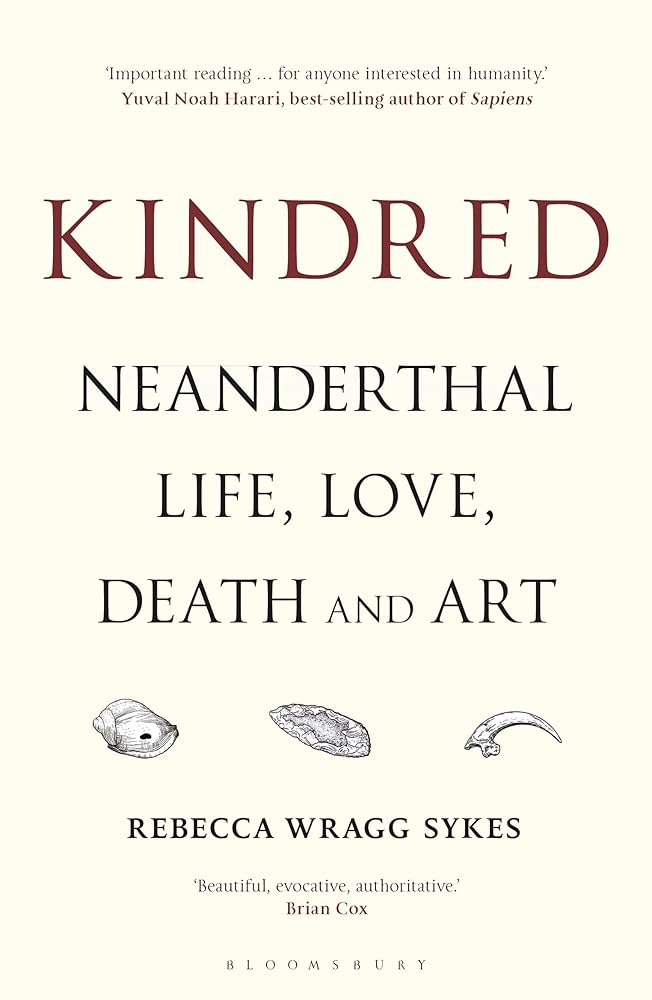In the early days of television, there were only three broadcast networks: ABC, CBS and NBC. Game shows and soap operas dominated daytime programming, and when children came home from school parents didn’t fret over what they might see. Evenings offered family fare, science fiction shows, and comedic variety shows capped off each Sunday with Walt Disney’s Wonderful World of Color (which, sadly for my children, has devolved into a landfill of pop culture trash). The crude, crass dumbing down of America with programming often geared to the lowest common denominator viewer, had not yet begun.
The news was still dominated by local newspapers, with small towns often having more than one publication. City newspapers enjoyed circulation extending well beyond their geographical boundaries, so even rural hamlets had access to regional and national news. I remember my boyhood paper routes, where I delivered the local Roswell newspaper, an Amarillo newspaper, and the Sunday issue of the Oklahoma City paper. It was so thick it could be folded only once, like an enormous taco shell, and heaved off my bike it barely cleared sidewalks to land on customers’ lawns. Newspapers were such important news sources that Walter Cronkite closed his first broadcast saying: “That’s the news. Be sure to check your local newspapers tomorrow to get all of the details on the headlines we’re delivering to you.”
However, print media’s importance changed as televisions became ubiquitous and national news began to reach mass audiences through the three national networks’ evening broadcasts. Their anchors became respected and trusted broadcast personalities, the best known of whom was Cronkite of CBS, who (after his one-time nod to newspapers) ended his evening newscasts with “and that’s the way it is,” delivered in his sonorous, reassuring voice. He may not have always agreed with what he was reporting (especially after his battlefield reporting from Vietnam), but as a viewer you would have never known. He was trusted to be forthright and honest in his rendering of the day’s events, and viewers would have been shocked had he injected personal opinion. Fact-based, bias-free journalism was the standard of the day, and it was left to the viewer to determine its relevance, not its accuracy. Unfortunately, that’s no longer the case.
Nowadays, the news is not the sole province of newspapers and three television networks. Cable news, internet news, blog sites, social media, Twitter feeds and other digital formats have rendered the purview of traditional news outlets obsolete, and journalistic integrity has suffered as a consequence. Instead, accurate reporting and professional reputations are often cast aside in pursuit of digital-age rating metrics of click-throughs, eyeballs, likes, impressions and reach. The result? News content is now first interpreted on behalf of consumers who have been measured, monitored, parsed, profiled and pigeonholed, and only filtered facts that suit the taste and feed the biases of narrowly defined audiences are offered for their consumption.
This new paradigm of opinionated, agenda-driven media is influencing journalism (and news in general) toward a trend which seeks to appeal to and sustain a partisan base of loyal viewers and subscribers, the result of which is a polarizing drift toward ideological echo chambers and political tribalism. Lest that sound overwrought, consider the Harvard Kennedy School Shorenstein Center’s (hardly a conservative bastion) recent study on media coverage of the current administration’s first 100 days.
The study analyzed news reports in the The New York Times, Wall Street Journal, Washington Post and the main newscasts of CBS, CNN, Fox News, NBC, the UK’s Financial Times and BBC, and Germany’s ARD. Among other takeaways, was “Trump’s coverage during his first 100 days was negative even by the standards of today’s hypercritical press. Studies of earlier presidents found nothing comparable to the level of unfavorable coverage afforded Trump.” And “the sheer level of negative coverage gives weight to Trump’s contention, one shared by his core constituency, that the media are hell-bent on destroying his presidency.” Granted, President Trump creates a target-rich environment for reporters, but even so, the study’s evidence of media prejudice is stunning.
Is it any wonder then, that the media’s popularity is now encroaching upon the dismal approval ratings of Congress? A 2016 Gallup poll found that “Americans’ trust and confidence in the mass media to report the news fully, accurately and fairly,” dropped to its lowest level in Gallup polling history. And a USA Today/Suffolk University poll in June discovered that Americans dislike the media more than they do the president. Wow. That’s an astonishing public perception that undermines the press’s long-standing watchdog role and is a dangerous degradation of a critical pillar of our democracy.
It’s time for journalists to remove partisan blinders, and return to delivering truthful and accurate news.
Warren Scott lives in Castle Valley.
It’s time for journalists to remove partisan blinders, and return to delivering truthful and accurate news.





